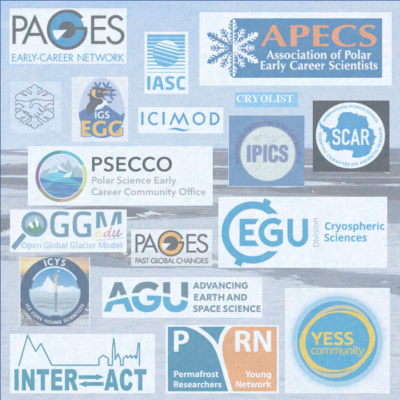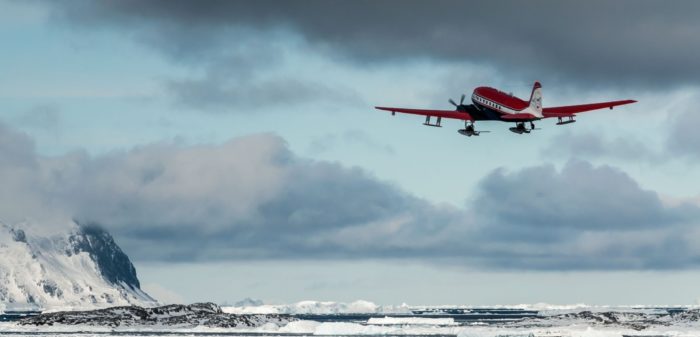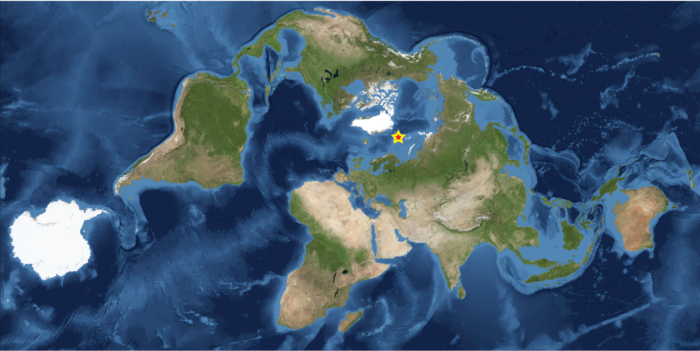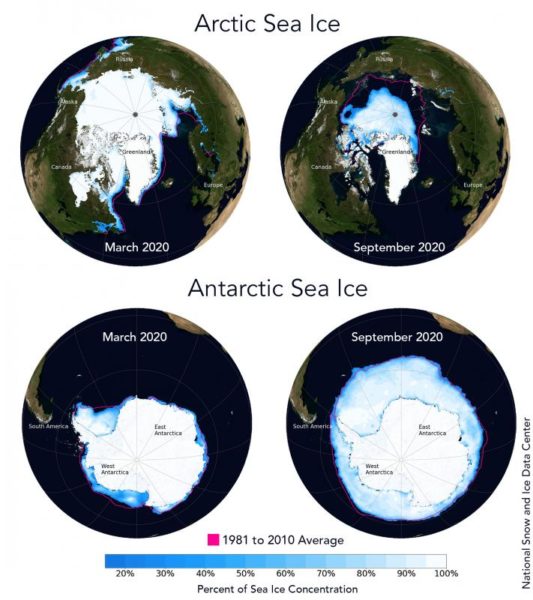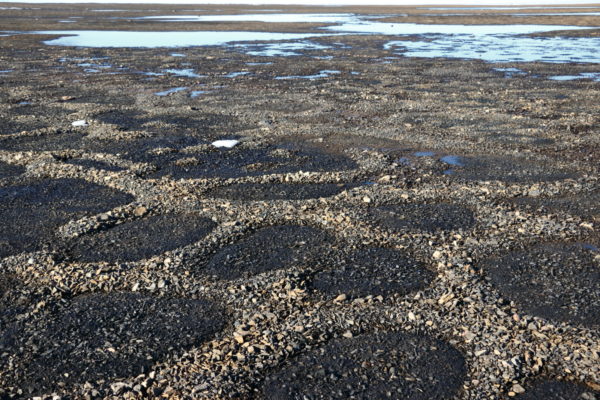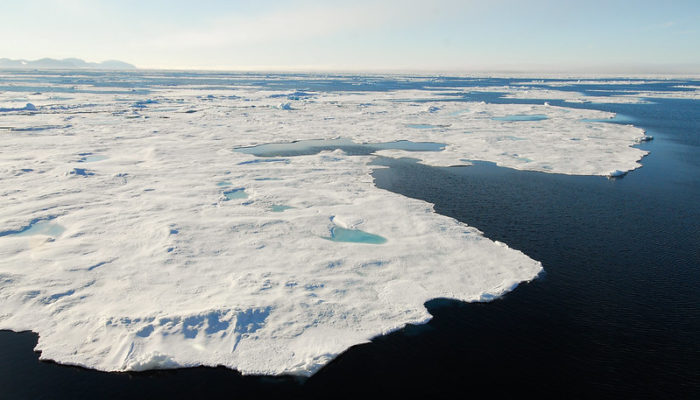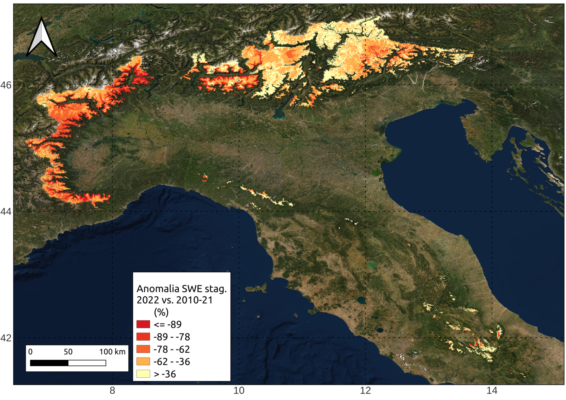In high-school, I learned in a textbook that glaciers are melting. My teacher said that what was written in that textbook was right, and that was it. There was no proof, no explanation, no scientist’s testimony. All of that, I discovered much later during my studies in the geosciences. Yet as the global temperatures keep rising, and our politicians apply rigorously the “keep calm and carry on” mod ...[Read More]
Discover the CordillerICE project!



